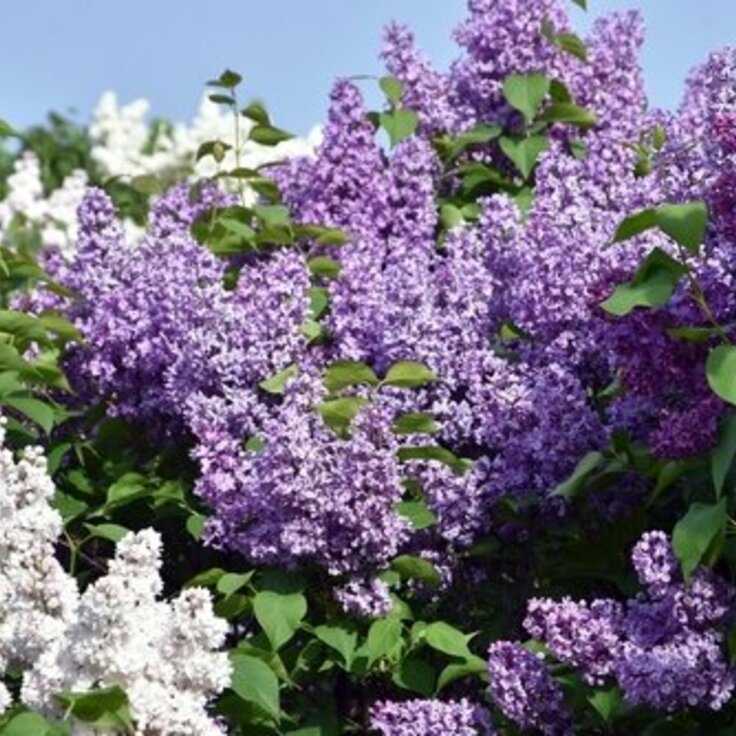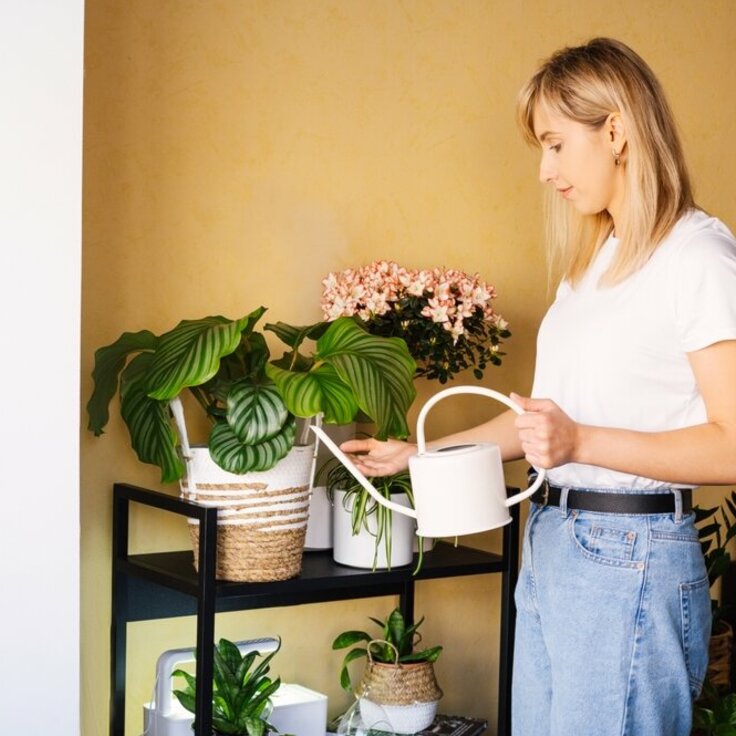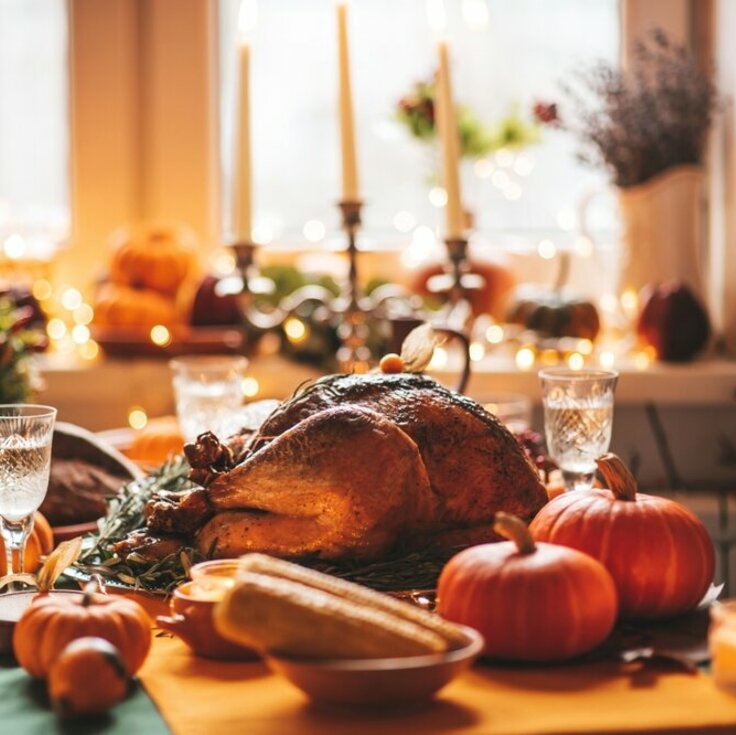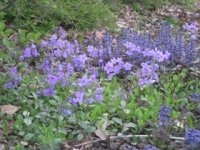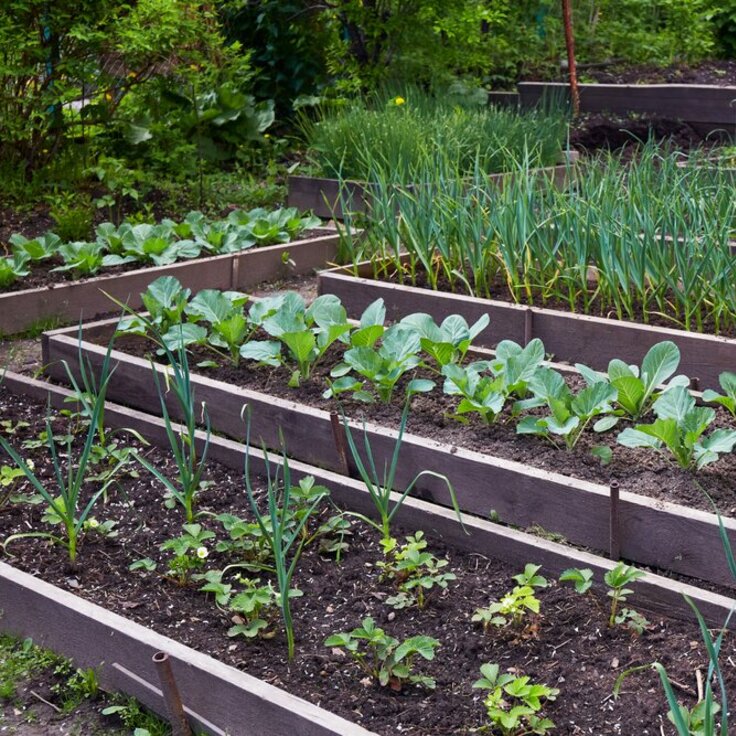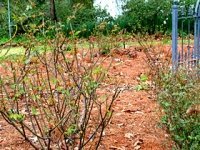A Guide to Which Plants to Avoid Having in Your Garden
Gardening is a cherished activity for many homeowners and horticulture enthusiasts. A beautifully landscaped yard or garden can not only enhance the aesthetic appeal of a property but can also provide an escape to nature, right at home. While the benefits of planting trees and plants in your garden are multitudinous, it is crucial to be mindful of what you plant. Certain plants, despite their beauty or other seemingly beneficial characteristics, can prove harmful to your garden and its surrounding environment.
This article serves as a comprehensive guide on the trees and plants that one should avoid planting in their garden due to reasons such as invasiveness, damage to property, harm to local ecosystems, or potential health hazards.
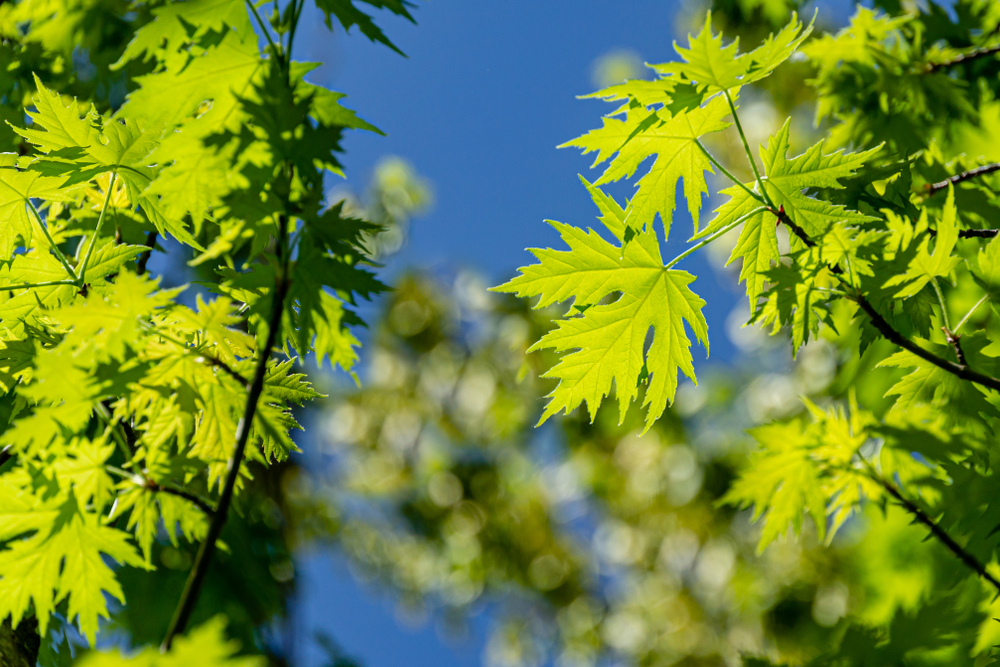
Invasive Species
Invasive species are non-native plants that can adapt to different climates and thrive, often outcompeting native flora. They spread rapidly and can drastically alter habitats, leading to significant ecological disruption.
- Bamboo: Although bamboo can provide a unique aesthetic to your garden and is often used as a natural privacy barrier, some species can be highly invasive. Running bamboo like the Phyllostachys species spread through aggressive underground rhizomes and can rapidly take over your garden and even spread into neighbouring landscapes.
- English Ivy: This evergreen vine might be prized for its ability to grow in shaded areas and cover unattractive walls or structures. However, its rapid growth can overwhelm and kill other plants by blocking their access to sunlight. It's also harmful to building structures as its suckers can penetrate walls and windows.
Plants Harmful to Property
Certain trees and plants can cause structural damage to your property due to their invasive root systems or shedding debris. There are several ways to keep your garden safe from tree damage, and you should take them into consideration when planting any type of tree. However, certain trees should be avoided entirely due to their potential to destroy your property. These include the following:
- Willow Trees: These trees are notorious for their aggressive, water-seeking root systems. Planting a willow tree near your home or piping system can result in damage to the foundations and blocked or broken pipes.
- Silver Maple: Silver Maples are fast-growing shade trees, but their shallow, spreading root system can cause damage to sidewalks, driveways, and foundations. Additionally, their brittle wood makes them prone to breaking and shedding branches, posing a potential hazard.
Plants Harmful to the Local Ecosystem
Some plants, while not harmful to your property, might pose threats to your local ecosystem.
- Bradford Pear: While these trees are often planted for their fast growth and beautiful white flowers, they have a weak branch structure that is prone to splitting and breaking. Furthermore, they're cross-pollinating and can spread quickly, pushing out native plants in your local ecosystem.
- Purple Loosestrife: Once planted for its beautiful spikes of purple flowers, this plant is now recognized as a threat to wetlands. It can proliferate rapidly, replacing native plants and disrupting habitats for local wildlife.
Plants Hazardous to Human and Animal Health
Some trees and plants can be harmful to humans and pets due to their toxicity or allergic reactions they might cause.
- Oleander: Every part of this plant is toxic. Ingestion can lead to serious health problems in both humans and animals. The smoke from burning oleander is also harmful, making it a poor choice for residential gardens.
- Poison Ivy, Oak, and Sumac: These three plants all contain urushiol, an oil that causes a painful, itchy rash upon contact with skin. It's best to avoid planting these in your garden, especially if you have children or pets.
While this list is not exhaustive, it provides an understanding of why certain plants, despite their superficial appeal, should be avoided in residential gardens. It's essential to research each plant thoroughly before incorporating it into your garden. In particular, understanding the local flora and ensuring that your garden complements, rather than disrupts, it can be invaluable in maintaining a beautiful, safe, and eco-friendly garden.

